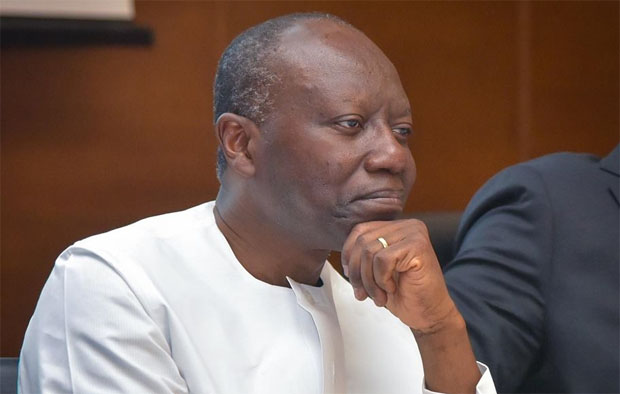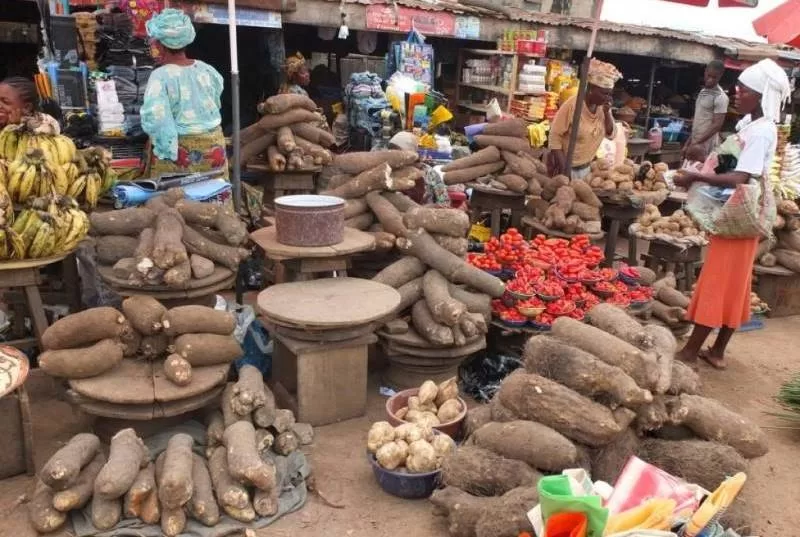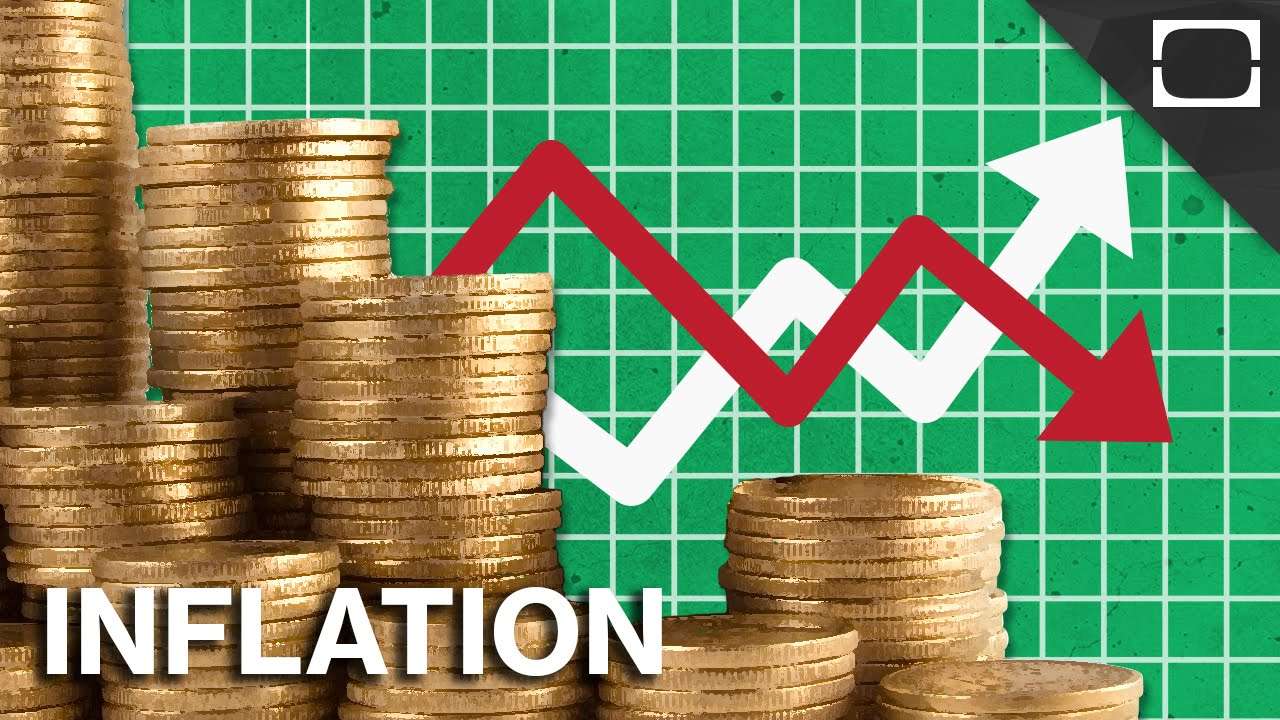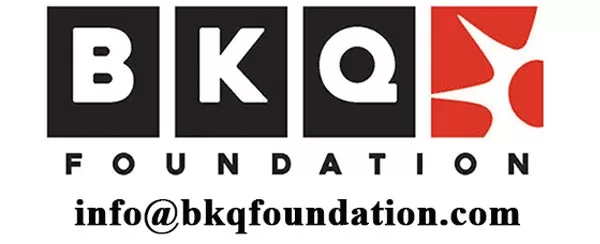 The year-on-year inflation rate for August was 9.9 per cent up from 9.6 per cent recorded in July 2018.
The year-on-year inflation rate for August was 9.9 per cent up from 9.6 per cent recorded in July 2018.
The monthly change rate in August 2018 was zero per cent, compared with the rate of 0.4 per cent recorded in July 2018.
The year-on-year non-food inflation rate for August 2018 was 10.8 per cent compared with the rate of 10.7 per cent recorded in July 2018, while the year-on-year food inflation rate for August 2018 was 7.9 per cent, compared with 7.4 per cent recorded in July 2018.
Mr Baah Wadieh, the Acting Government Statistician, presenting the CPI for August 2018 in Accra on Wednesday noted that, the year-on-year non-food inflation rate of 10.8 per cent was more than one and a quarter that of the food inflation rate of 7.9 per cent.
Mr Wadieh said in August 2018, the year-on-year inflation rate for imported items of 11.7 per cent was 2.6 percentage points higher than that of locally produced items of 9.1 per cent.
He explained that the main “price drivers” for the non-food inflation rate were clothing and footwear with (15.2 per cent), Transport (15.1 per cent), Recreation and Culture (13.9 per cent), Furnishing, Household Equipment and Routine Maintenance (12.6 per cent) and Miscellaneous goods and services (11.9 per cent).
The “price drivers” for the food inflation rate were coffee, tea and cocoa (11.3 per cent), fruits (10.6 per cent), meat and meat products (10.0 per cent), mineral water, soft drinks, fruit and vegetable juices (9.3 per cent) and vegetables (8.4 per cent).
Five regions-Upper West, Brong Ahafo, Western, Ashanti and Northern recorded inflation rates higher than the national average of 9.9 per cent.
Upper West region recorded the highest year-on-year inflation rate of 11.8 per cent, followed by Brong Ahafo region (10.8 per cent), while the Upper East region recorded the lowest year-on-year inflation (8.2 per cent) in August 2018.
Source: GNA | Ghana]]>























